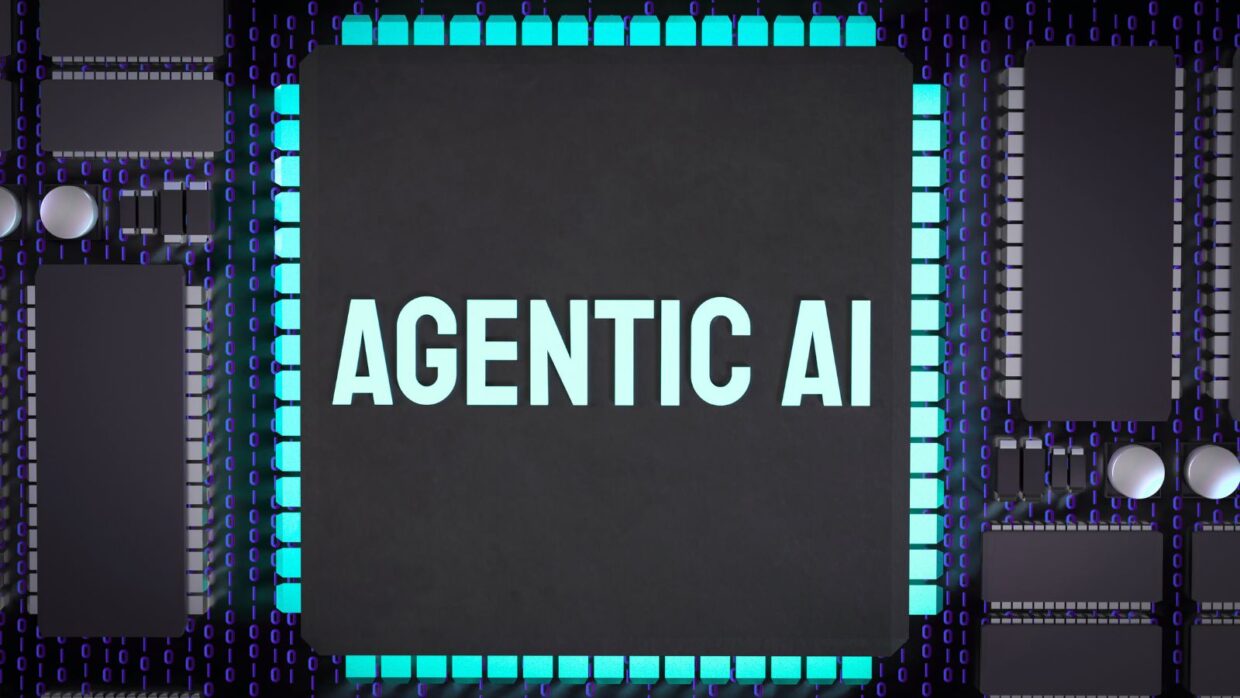The Technical Challenges of Multi-Agent Systems in Security Operations
Standing up and running a modern Security Operations Center (SOC) is no small feat. Most organizations—especially mid-sized enterprises—simply don’t have the time, budget, or specialized staff to build one in-house, let alone keep up with the pace of innovation. That’s why many are turning to managed security providers. But not all are created equal—especially when it comes to their use of AI and automation.
As cybersecurity threats grow in speed, sophistication, and scale, security operations teams are turning to multi-agent systems (MAS) to extend their capabilities. These systems—made up of intelligent, autonomous agents—offer a way to scale threat detection and response while reducing analyst fatigue and response time.
However, deploying a MAS in SOC is far from trivial. It’s not just about writing clever code or connecting a few APIs. Multi-agent systems for incident response must function collaboratively, reason independently, and make timely, high-stakes decisions—often in complex and hostile environments. From hallucinations and interoperability to autonomy and trust, MAS introduces a whole new set of technical challenges that teams must solve for AI to truly become a force multiplier in cybersecurity.
1. Orchestrating Collaboration: Coordinating Agents in Real Time
For MAS to work effectively in a SOC environment, agents must coordinate seamlessly across disparate systems—sharing intelligence, workload, and intent. This coordination is complex. Agents need robust communication protocols that prevent data bottlenecks and race conditions. Moreover, they must share a common understanding of terminology and context, even if they’re parsing information from entirely different sources (e.g., SIEM logs, EDR telemetry, cloud identity signals). Without semantic alignment and synchronization, agents risk working in silos—or worse, generating conflicting conclusions.
2. Designing for Scale: When More Agents Equals More Complexity
While MAS promises scalability, it also introduces a paradox: the more agents in the system, the harder it becomes to manage their interactions. As agents proliferate, the number of potential interactions increases exponentially. This makes system design, resource management, and fault tolerance significantly more challenging. To maintain speed and reliability, developers must build dynamic load-balancing, state management, and orchestration frameworks that prevent the system from tipping into chaos as it scales.
3. Empowering Autonomy Without Sacrificing Control
The whole point of MAS is autonomy—but full independence can be dangerous in high-stakes environments like incident response. Developers must walk a fine line between empowering agents to act decisively and maintaining enough oversight to prevent cascading errors. This requires robust decision-making frameworks, logic validation, and often a “human-in-the-loop” failsafe to ensure agents can escalate edge cases when needed. The system must support policy-driven autonomy, where rules of engagement and confidence thresholds dictate when an agent can act alone vs. seek review.
4. Preventing Hallucinations: The Hidden Threat of Confidently Wrong AI
One of the most insidious challenges in multi-agent AI systems is hallucination—when agents confidently generate incorrect or misleading outputs. In the context of security operations, this could mean misclassifying an internal misconfiguration as an active threat or vice versa. Hallucinations can stem from incomplete training data, poorly tuned models, or flawed logic chains passed between agents. Preventing them requires strong grounding techniques, rigorous system validation, and tight feedback loops where agents can check each other’s reasoning or flag anomalies to a supervising human analyst.
5. Securing the System: Trusting Agents With Sensitive Data
MAS must operate within environments that are often under active attack. Each agent becomes a potential attack surface—and a potential insider threat if compromised. Security measures must include encrypted communication between agents, strict access control policies, and agent-level audit logging. Additionally, MAS must be built with privacy by design, ensuring that sensitive information is processed and stored in compliance with data protection laws like GDPR or HIPAA. Trustworthy agents are not just effective, they’re secure by default.
6. Bridging Systems and Standards: Building Interoperability Into MAS
Security tech stacks are notoriously fragmented. For MAS to work in a real-world SOC, agents must interoperate with a wide variety of platforms—each with their own data schemas, APIs, and update cadences. This requires designing agents that can both translate and normalize data, often on the fly. It also means building modular, extensible frameworks that allow new agents or connectors to be added without disrupting the system as a whole.
7. Building Human Trust in AI: Making MAS Understandable and Accountable
For multi-agent systems to succeed in security operations, human analysts need to trust what the agents are doing. That trust isn’t built through blind faith, it comes from transparency, auditability, and explainability. Below are several foundational strategies:
- Explainable Outputs: Agents should provide not just answers, but reasoning chains—summaries of the evidence, logic, and decision path used.
- Continuous Feedback Loops: Every human-validated or rejected outcome should feed back into the system to improve agent reasoning over time.
- Defined Escalation Paths: MAS should know when to act, when to pause, and when to escalate. Confidence thresholds and incident criticality scores help enforce this.
- Ethical AI Guidelines: Development teams should follow a defined ethical framework to prevent bias, protect privacy, and ensure accountability.
MAS Can Be Transformative—But Only If Built Right
Multi-agent systems have the potential to fundamentally change how we respond to security incidents—shifting from alert triage to autonomous, full-context investigation and resolution. However, that shift only happens if we approach MAS with rigor. These systems must be designed not just for intelligence, but for interoperability, trust, and resilience.
For developers, security architects, and AI scientists alike, the challenge isn’t whether MAS can be powerful—it’s whether we can build them responsibly, scalably, and safely. If we do, we won’t just be automating SecOps. We’ll be redefining it.
For organizations without the resources to build their own advanced SOC, partnering with a provider who gets MAS right can be a game-changer. But how do you know if a managed security operations provider is truly leveraging next-gen AI to deliver efficiency, accuracy, and scale?
In an upcoming blog post, we’ll explore the key criteria to look for, so you can make the most of your security investment.



